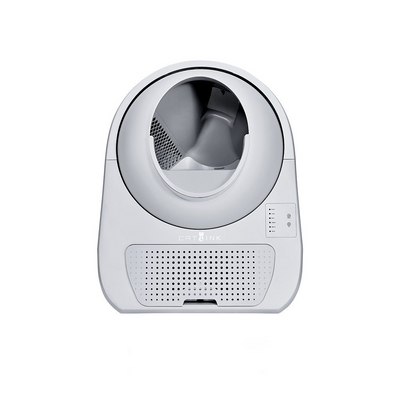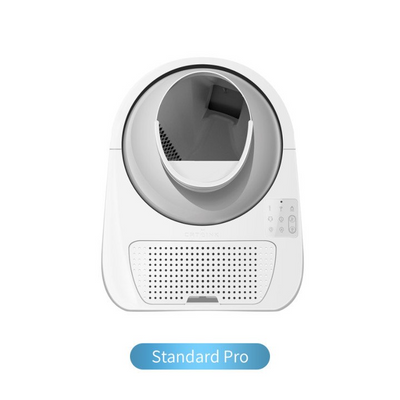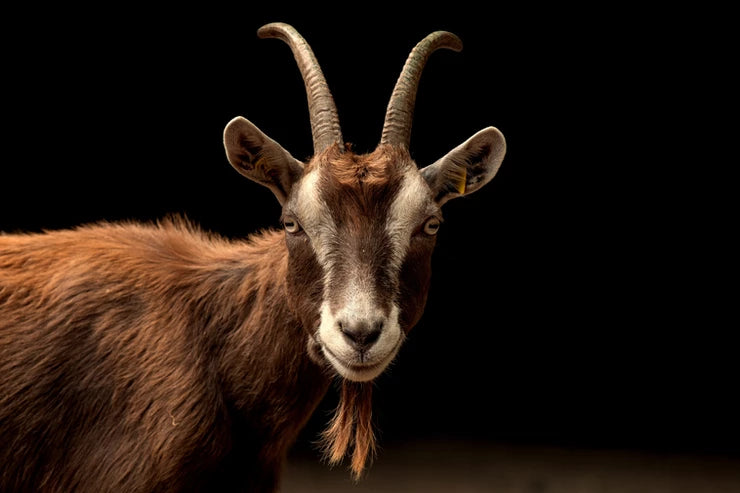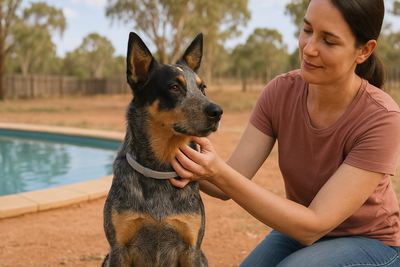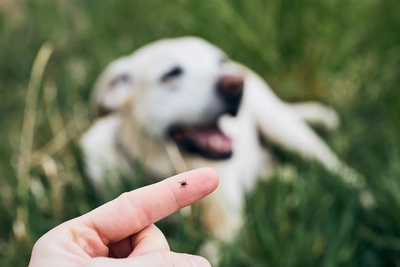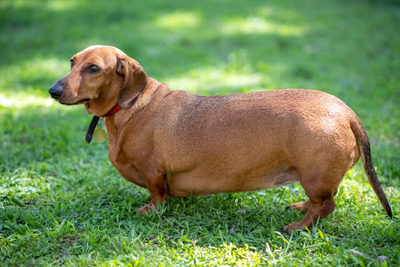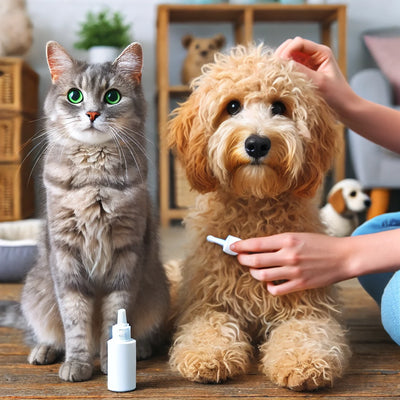Have you seen your goat limping? While it is not the cause of all limping and soreness, foot rot in goats should be suspected.
All hoofed animals risk foot rot and related foot scald. Both conditions cause soreness and lead to limping around the pasture or kneeling to eat in the barn. In severe cases, goats will try to walk on their knees.
When you see limping or hesitancy in a goat’s walk, it’s time to take a closer look. Gather the hoof trimmers, a hoof pick and a clean rag. Find a calm area of the barnyard and help the goat into the goat stanchion, if you have one. If the goat is agitated, ask another person to feed some treats and help hold the goat still while you investigate. I have yet to work on my goats’ feet without some resistance. Treats and another person make the task much easier.
Examine the Hoof for Signs of Foot Rot in Goats
Wipe the hoof and use the pick to remove any mud accumulated in the hoof. Look for pebbles or debris that may be lodged under a flap of overgrown hoof material. Inspect between the toes. If the goat has scald or rot, this may be painful, so be quick and gentle. An irritated, red area or white and infected-looking tissue are tell-tale signs of foot scald or hoof rot in goats.
The reason for hoof rot in goats has been, in my experience, wet, moist ground and damp weather. Any prolonged periods of moisture can lead to goats limping and holding a leg up. A small irritation or abrasion can let bacteria enter the hoof and soft foot tissue. This can then lead to fungal growth.
Two organisms cause foot rot: Fusobacterium necrophorum and Bacteroides nodusus. Fusobacterium necrophorum lives in the soil. Since it is anaerobic, it needs to grow in the absence of oxygen. This is exactly the situation in deep, muddy pastures or stalls. When the secondary bacterium is introduced, Bacteroides nodusus joins with F. necrophorum to create an enzyme causing hoof rot.
What to Do Now
Gently clean the affected hoof using a disinfectant solution diluted in water. Be gentle. Keep the goat on dry ground until you have cleaned the stall and set down dry bedding.
Disinfect tools before use on any other hooves. This is a highly contagious bacterium and is easily spread through the herd. I even suggest that you clean off the goat stand.
Check the stall or paddock where the goats are housed. Is the ground damp and moist? Is manure, mud, and dirty bedding accumulated? If so, get that cleaned out and put fresh, dry bedding down. You might find that cleaning more frequently helps reduce the incidence of foot scald and hoof rot in goats. Winter wet weather can contribute to a bad case, or other goats with foot rot can bring the infection to your herd.
Treatment
Treating foot rot in goats is a lengthy process but consistency is key to healing.
Copper sulphate foot bath is a standard treatment. Pour enough solution into a shallow pan for the goat to immerse affected hooves. You can use concrete mixing pans, plastic dishpans, or any large, shallow container. Farm supply retailers sell boots for goats that hold the solution against hooves.
Foot rot treatments include copper sulphate solutions in easy-to-use spray bottles, such as Hoof and Heel, which squirt directly onto affected areas between toes.
If any animal on the farm property has foot rot, the bacterium will now live in the soil. It’s important to keep shelters dry so goats do not bring disease in.
Not all limping is a foot rot symptom. Examine the hoof completely before treating. Stone bruising can cause pain and the goat will react by limiting weight on that foot. Arthritis in older goats can lead to lameness and sore joints, and cold weather plays a part in arthritic pain. A goat may hold up a stiff leg after lying down for a long period. If you don’t see any evidence of disease or find any tender spots on the bottom of the hoof, check for other causes of lameness. It could be that your goat could use a joint lubricating supplement to combat the effects of aging.
Proper goat hoof trimming can’t eliminate the chance of your goat contracting hoof rot, but a healthy hoof is more resistant to bacteria in the environment.
Take these steps to ensure good goat hoof health:
Trim goat hooves regularly and inspect for signs of injury or disease. Regular hoof trims reduce overgrown areas where wet mud can be trapped.
Since the bacterium needs moist, anaerobic conditions, keeping stalls clean and dry helps keep it under control. Frequently remove any soaked bedding and muddy, manure-soiled areas.
Quarantine any new animals joining your herd for at least 30 days, even your own goats that leave the farm for breed shows or fairs.
Practice good biosecurity on and off your property. Have designated footwear for your goat shelter and do not wear those boots to visit other farms or goat areas.
Unfortunately, once the causes of hoof rot in goats and other ruminants enter your property, it is almost impossible to eradicate it. With good prevention tactics, hopefully, you will avoid dealing with it.
